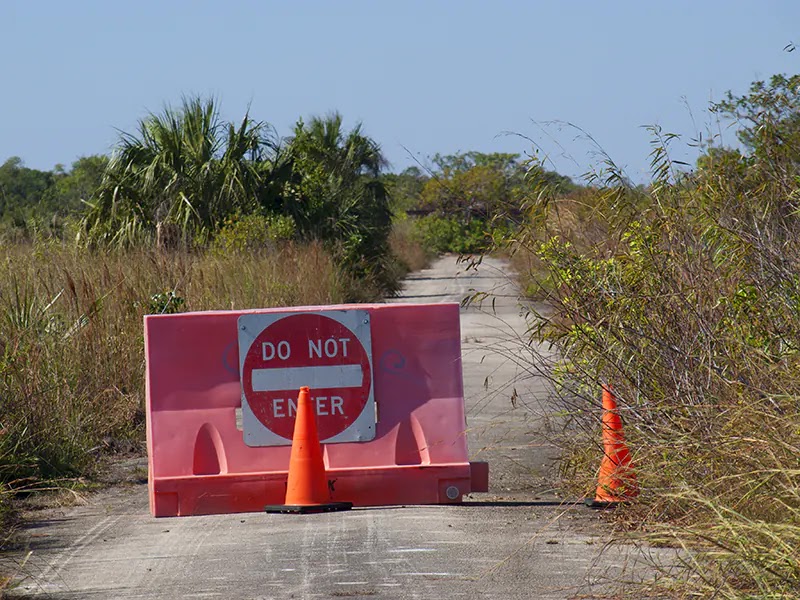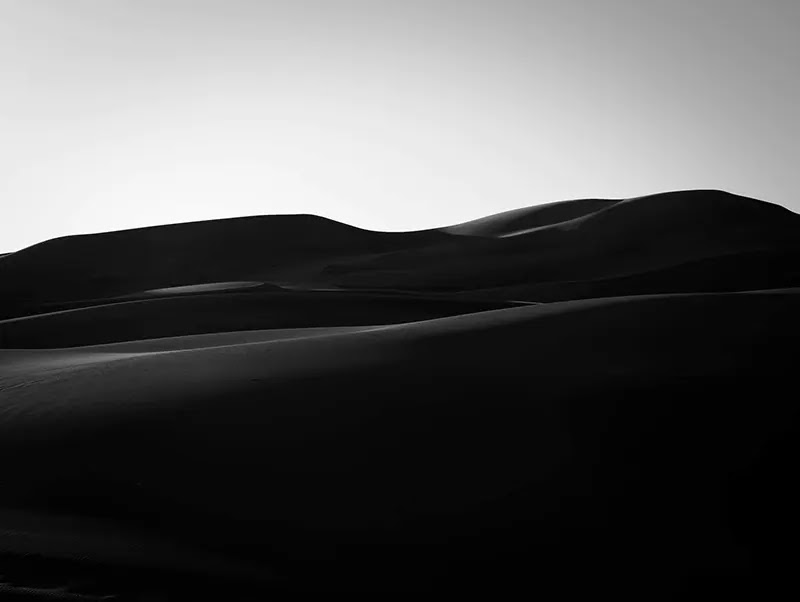Bandelier National Monument: The remote old ruins of the Frijoles Canyon
 |
The Frijoles Canyon in Bandelier National Monument - License our images here. |
The sun was already high when we arrived at the rim of the dusty canyon.
The hike through the Frey Trail was easy. Along the way, we crossed a herd of mule deer that made us stop for pictures. A while later, standing on the steep cliffs of the Frijoles Canyon (map), we were engulfed by a feeling of awe facing the circular ruins of the Tyuonyi village.
The old yellowish rocks were the only leftovers of distant human memories. The strong wind of the last days of the fall, whispering through the piñon pines, appeared to carry echoes of voices a thousand years old. Spells of an enchanted place with amazing views.
Then our descend began.
On the canyon floor we met more things: a sacred kiva and a wall of dilapidated cliff dwellings.
The holes on the naked rock reminded small caves, except for the geometric patterns born from the human hand. Here and there, forgotten stories left in muted petroglyphs. In one of the rooms the black of the smoke of fires still painting the roof. The colors of an ancient horse trapped by asphyxiating dark strokes.
A few tourists shared the place with us. Jumping from dwelling to dwelling like curious kids, their chatter echoed in the stony rooms.
The Ancestral Pueblo lived here for four centuries. This happened somewhere during the first half of the second millennium.
The Spanish wanderer Francisco Vázquez de Coronado, searching for the Seven Cities of Gold - Cibola - in the 16th century, found similar houses in this region. But the home secrets had to wait for Adolph Bandelier to escape the shadows of time, and for President Woodrow Wilson to be protected for the future.
Across the dwellings gurgled the Rio de los Frijoles. It's just a creek, but nonetheless a green ribbon of life in this arid landscape. The waterway marries the Rio Grande a couple of miles away.
Deeper into the canyon, we followed the worn steps created by countless moccasined feet to reach the Alcove House.
Up in the "ceremonial house" rests the fake kiva from the 1920s. The mighty erosion destroyed most of the stuff in the big cave, leaving plastered floors poisoned by ancient turkey droppings.
The whispers of history point that everybody left the canyon by the 16th century. A few people came later, but they also left a place cursed by scarcity and hunger.
Back to our camp, the evening painted the sky with the fiery hues of New Mexico. Later, our fire with scent of piñon and juniper broke the darkness of indifferent stars, casting long shadows that moved in ancestral dances repeated since the dawn of times.
Modern dwellers enjoying another night of camping in Bandelier, a monument to the living and the dead, a reminder of what is left, and another chance to connect with the past and feel the pulse of a wild planet under our feet.
(Check a video from our trip to Bandelier National Monument.)








Comments
Post a Comment